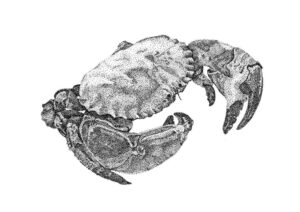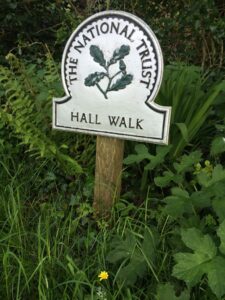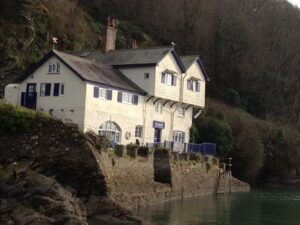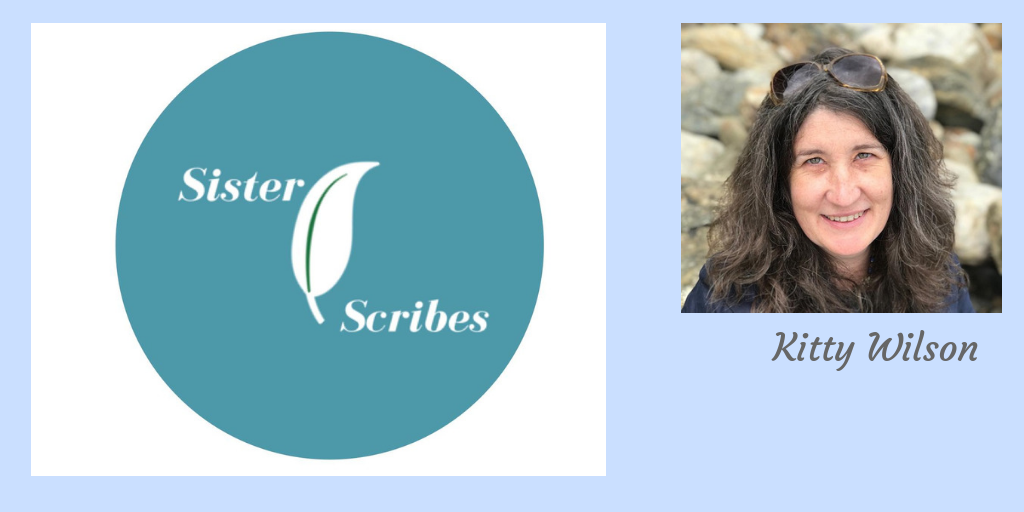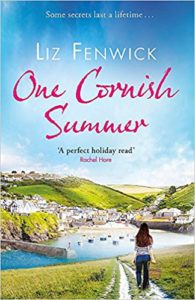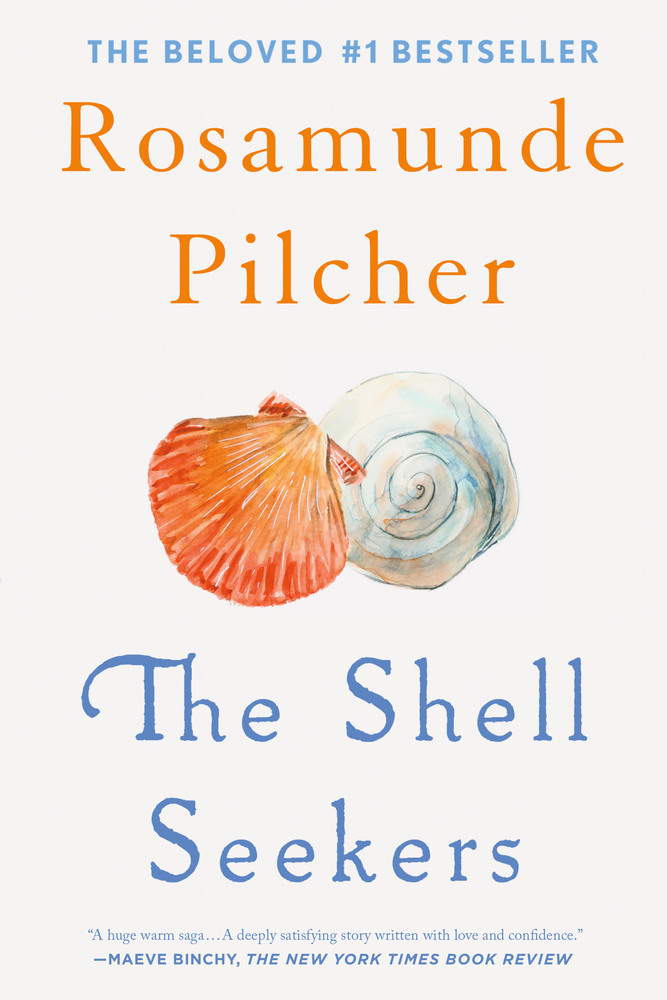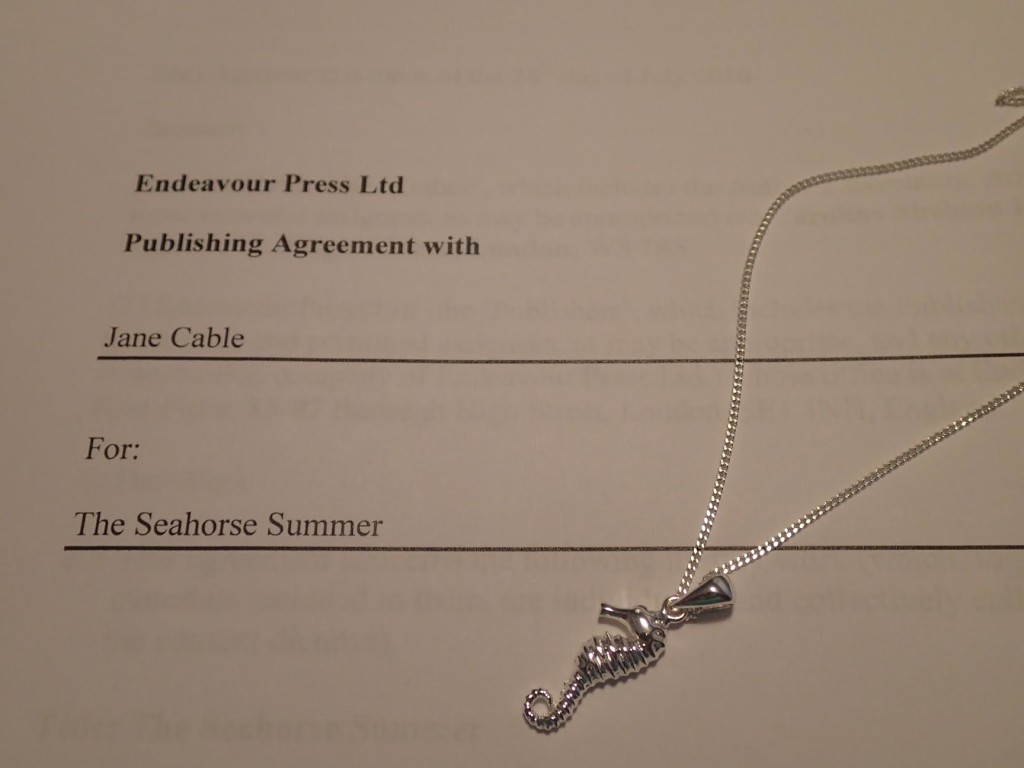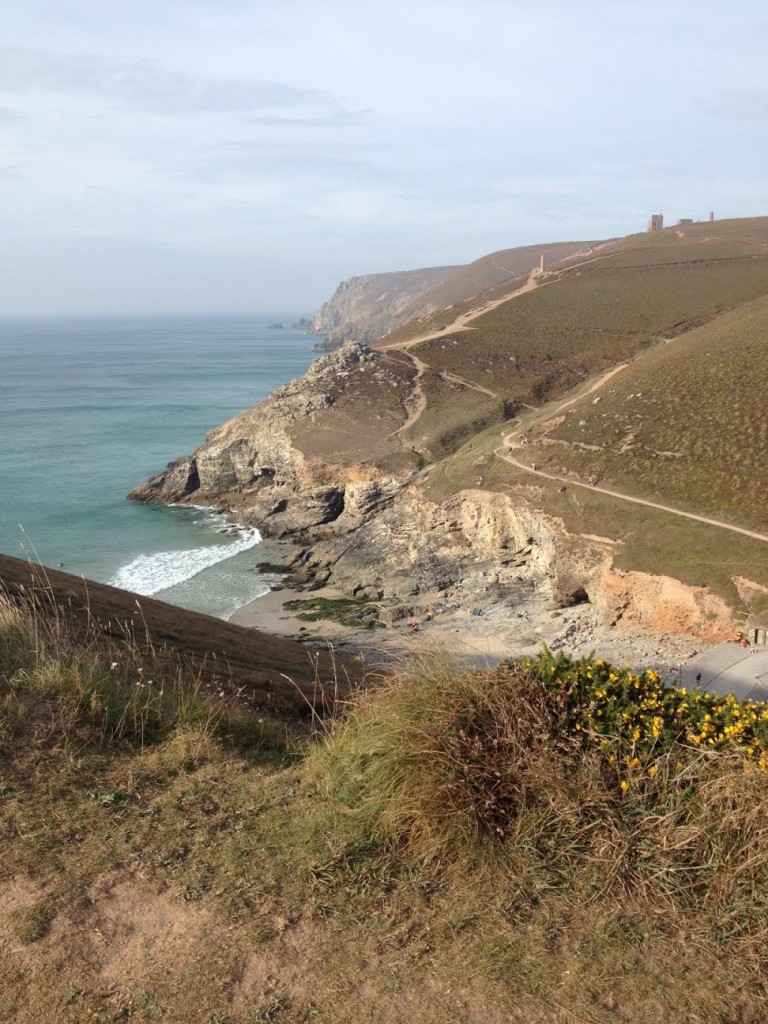 When it come to my art work terms I don’t see myself as skilled worker more as a labourer!!
When it come to my art work terms I don’t see myself as skilled worker more as a labourer!!
I paint rocks, glasses, jars and of course pictures.
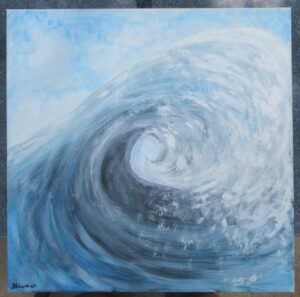 All my life I have loved art – most of my work is bright and bold that is why I find acrylics so wonderful to use, the colours, you can get fine details, but also build it up to create a texture if needed., but I also enjoy pen and ink. We moved to Cornwall over 12 years ago and I find it is the landscape, sea … well basically everything around me that inspires me to paint it. Art is my passion, my escapism but also my therapy. I take my watch off, sit and paint forgetting all about time, but just being in that moment putting brush to canvas, glass or rocks.
All my life I have loved art – most of my work is bright and bold that is why I find acrylics so wonderful to use, the colours, you can get fine details, but also build it up to create a texture if needed., but I also enjoy pen and ink. We moved to Cornwall over 12 years ago and I find it is the landscape, sea … well basically everything around me that inspires me to paint it. Art is my passion, my escapism but also my therapy. I take my watch off, sit and paint forgetting all about time, but just being in that moment putting brush to canvas, glass or rocks.
I put my emotions and be emotional into whatever I am working on at the time.
When it comes to painting it is the sea that I turn to, trying to capture the power of the waves and in my more abstract painting it is that power trying to be tamed and utilised by man (hence the surfboards).
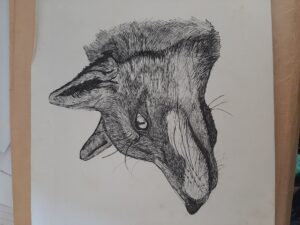 When it comes to pen and ink it is to nature I mainly look, trying to create reality and beauty from just one colour, but different thickness of pen.
When it comes to pen and ink it is to nature I mainly look, trying to create reality and beauty from just one colour, but different thickness of pen.
I shall never be famous nor do I care if people don’t like my work, I do it because it’s what I love to do and what pleases me and yet when I do ask an opinion and you get that one person who finds a fault yes it hurts, especially when you have put your heart and soul into a picture and then I think to myself its only their view “it’s my work and if they should be grateful I showed it to them!! “
I am my own critic and I have may unfinished canvases to prove it, but art whatever I do, it lifts me up when I am down and helps me concentrate on being me and brightens my day when it is dark.
Find more of Angela’s art here: https://folksy.com/shops/angelaloweth





